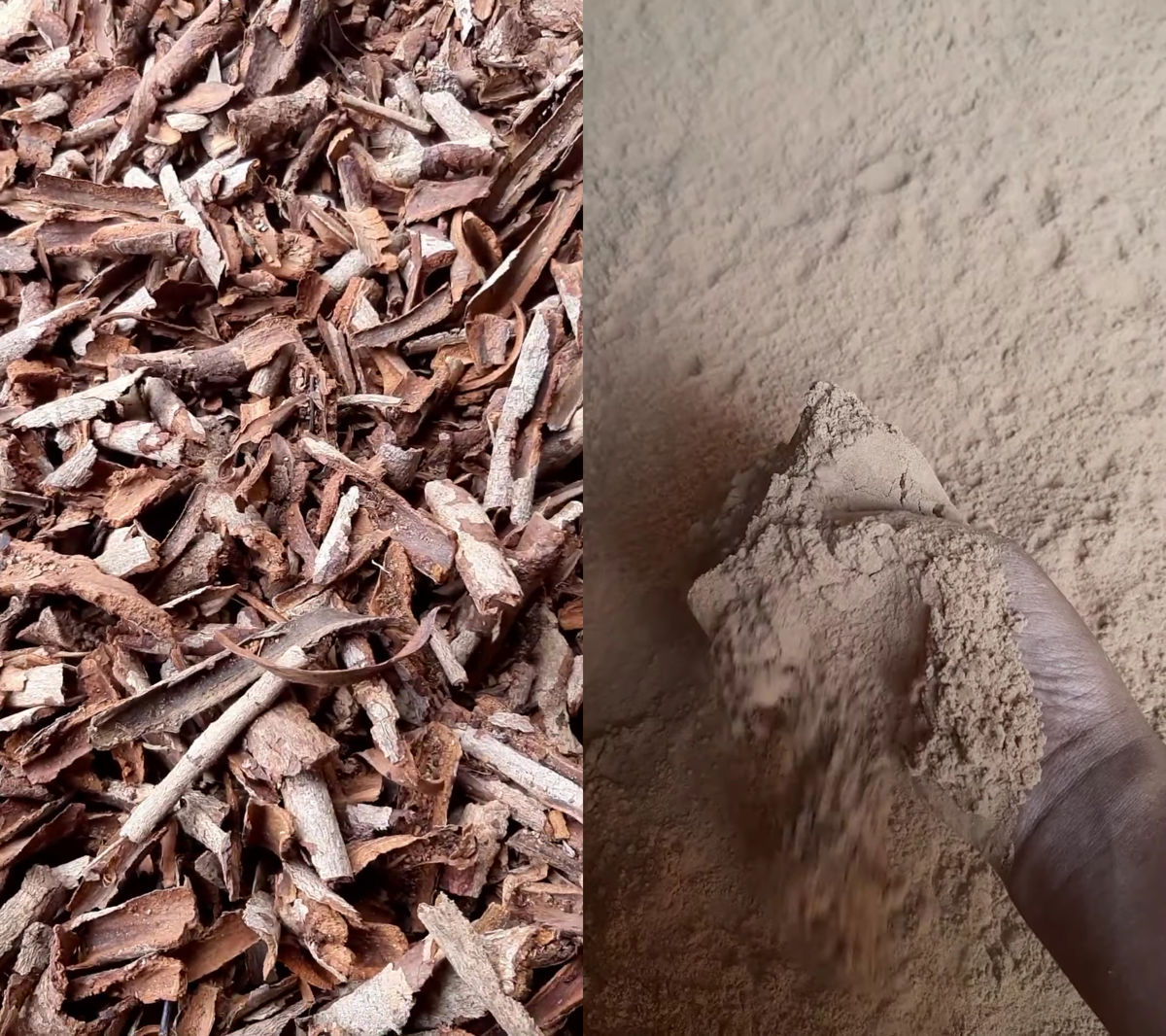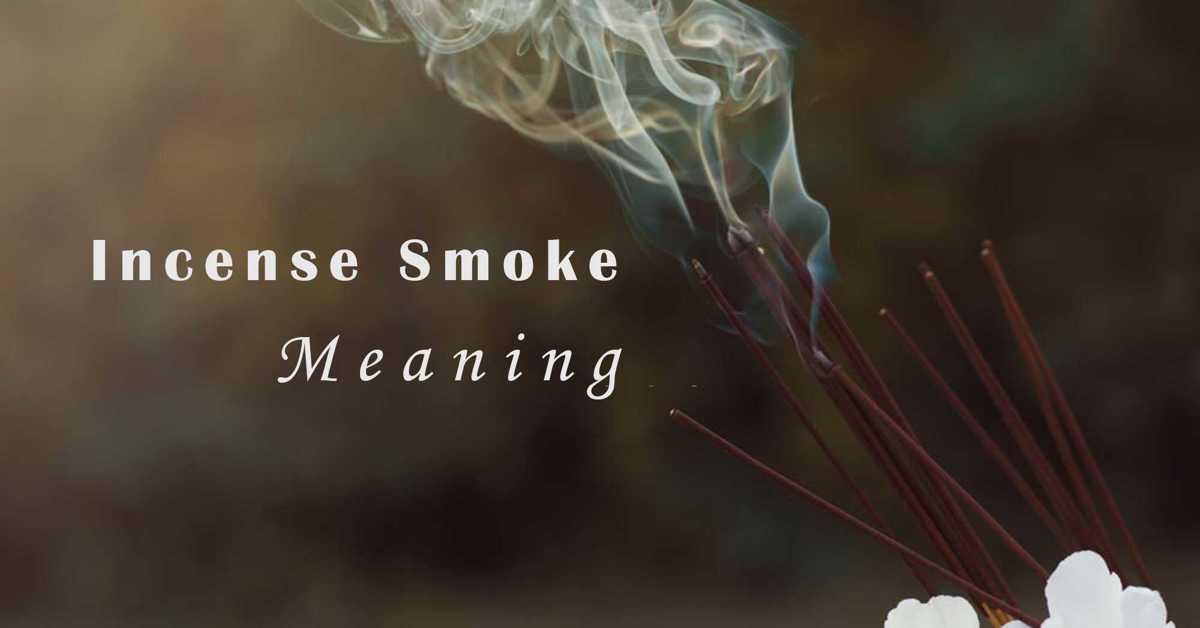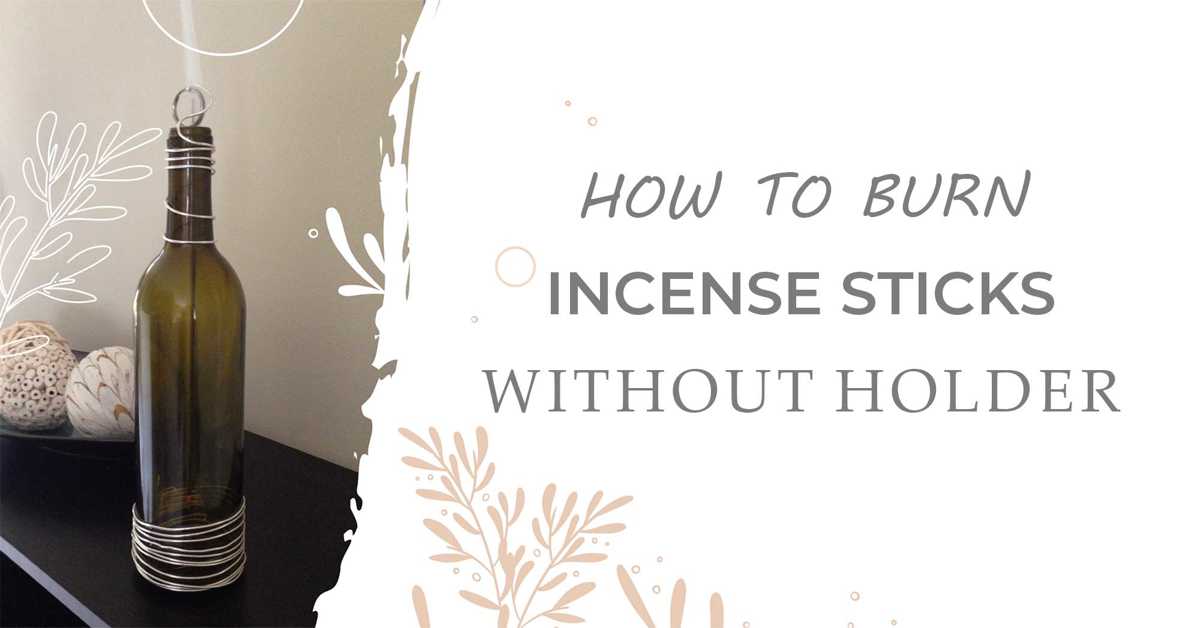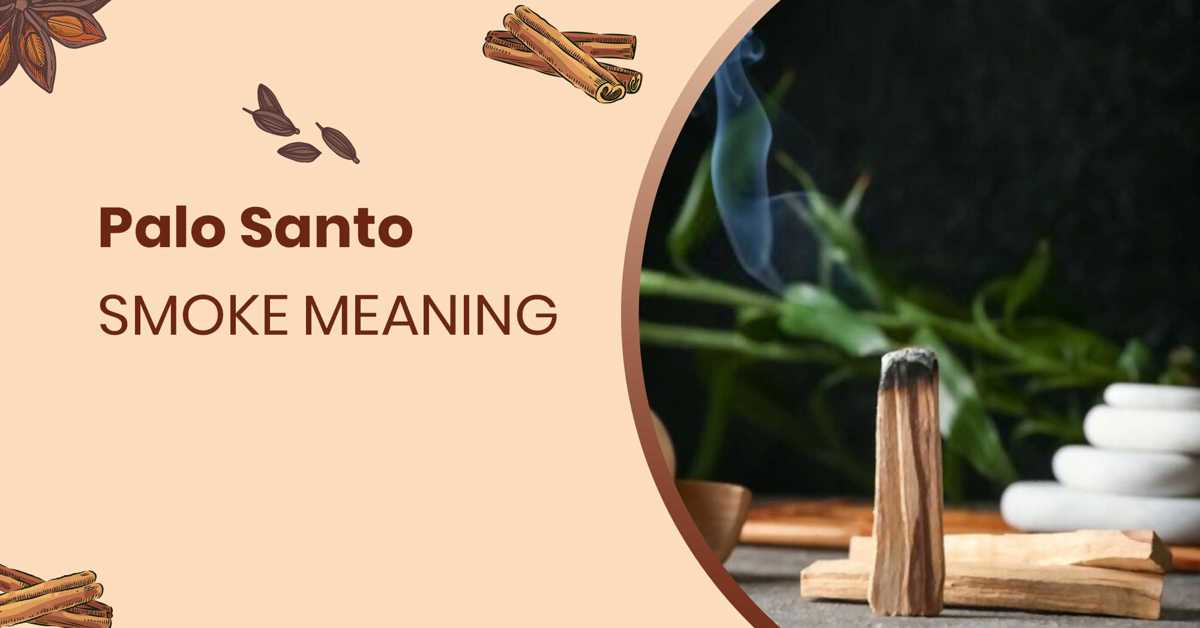Makko powder is a versatile substance that has been used for centuries in Japanese incense-making, aromatherapy, herbal medicine, and natural skincare.
As Japanese incense has evolved, so too has Makko powder, which is now known around the world. This has led to the creation of many interpretations and versions, making it difficult for some to understand what Makko powder is and how it is incorporated into the incense-making process.
In this ultimate guide, we will explore the origins, uses, and benefits of Makko powder, as well as provide practical tips and expert advice on how to use it in your DIY projects.
1. What is Makko Powder?
1.1 Origins
Makko powder is derived from the bark of the Machilus thumbergii tree, which is native to Vietnam, Taiwan, southeast and north-central China, the Korean Peninsula, and Japan. The bark is harvested, dried, and ground into a fine powder, which is then used as a binding agent in incense-making.
In Vietnam, this tree is locally known as "Boi Loi". This plant is primarily cultivated in the mountainous regions of Western Truong Son and the Central Highlands. Currently, this is an ideal poverty alleviation tree for farmers in the Central Highlands, especially ethnic minorities. Their most remarkable characteristic is their exceptional ability to regenerate, allowing for continuous exploitation without restrictions on the cycle. That means the "Boi Loi" plant can be used in multiple cycles. The growth cycles of these trees are typically robust and efficient, leading to fruitful yields.
1.2 Composition and Properties
Makko powder is a natural substance that is free from synthetic chemicals and additives. It is composed of plant cellulose, which gives it its binding properties, as well as other natural compounds that contribute to its unique aroma. They have a light, fluffy texture and a neutral scent, which makes them an ideal base for blending with other aromatic ingredients.
1.3 How is Makko different from Tabunoki powders?
People often mistakenly believe that Makko is another name for the binder Tahbunoki, a common ingredient in popular Japanese incense recipes. However, Makko and Tabunoki are two different types of powder. Tabunoki is a type of wood binder. Makko is a mixture that typically includes Tabunoki, along with other ingredients to enhance the scent and burning properties. Tabunoki should have virtually no impact on the scent except, much like adding water to a drink, the more Tabunoki you use, the more muted the scent will become. It can readily absorb the scents from any incense blend. When storing your Tabunoki powder, keep this in mind. Avoid storing it near strong-smelling items, as it can absorb the smell.
Makko powder is often compared to other binding agents used in incense-making, such as Tabunoki powder and sandalwood powder. However, they have several advantages over these other powders. It is easier to work with, as it has a lighter texture and is less messy. It also has a neutral scent, which allows the fragrance of other ingredients to shine through. Furthermore, its cost is also very reasonable in comparison to other powders.
1.3 How is Makko powder made?
Watch the video below to learn about the process of making Makko powder in Vietnam.
2. Use Makko powder to make incense
Depending on the type of incense being made, the ratio of Makko powder will be different. If you add too much, it can make your incense stick too tight and difficult to burn, and the scent will also be strong and slightly overpowering.
If the amount is insufficient, the ingredients will not bind properly, resulting in a worse burn.
Therefore, it is important to use the right amount of Makko powder in order to create a perfect product. Usually, the proportion of Makko powder only accounts for 5 to 10% of the weight of the incense stick.
- For Incense without a bamboo core: the ratio of Makko powder is about 10 to 12%, to keep the shape of the incense stick.
- For incense with a bamboo core, customizing acacia powder will be easier, at about 5%.
- As for incense cones, the use of Makko powder is about 5 to 7%. This will help shape the cones of different shapes.
The above only indicates the relative ratio of makko powder. The specific decision will often depend on the ingredients and experience of the incense maker. You may need to experiment multiple times with varying amounts of Makko in order to find a satisfactory recipe for your incense powder mixture. You can also refer to the article: Instructions for making incense cones at home to learn in detail how to use Makko powder.
3. So how many types of makko powder are there and which one should I use?
There is only one type of Makko powder, which is made by grinding the bark of the "Tabonuki" or "Boi Loi" tree. This type is frequently referred to as "Pure Makko." However, along with the development of incense making, many types of Makko have been formed. It's challenging to provide an accurate answer to the question of how many types of makko powder are available in the market. Incense makers around the world have mixed their favorite ingredients with Pure-Makko powder to create this product. Their own makko. There are many well-known names, such as "Magic-Makko" or "Supper-Makko". I will refer to them by their common name, "Mix-makko".
It can be challenging to determine the appropriate type of Makko powder to use. This will depend on your access to ingredients and the purpose of each batch of incense.
For me, I usually use "Pure-Makko" because it is reasonably priced and easily available in Vietnam. Besides, I also want to control my batches of incense in the most perfect way. It will be difficult to create a satisfying scent if you are not aware of the precise ingredients and their proportions.
Again, deciding between "Pure-makko" or a "Mix-makko" will depend on your conditions and preferences. Try it and share with us your recipe!
4. Is Makko powder toxic?
There is no evidence that Makko powder is harmful to humans or animals. In addition to its medicinal uses in Eastern Medicine, it is also utilized as a filler and binder in animal feed.
There is concern that Makko powder may be toxic due to the presence of a compound called coumarin. Coumarin is known to be toxic to the liver and kidneys and can cause bleeding. However, there is no evidence that Makko powder is harmful when used to make incense.
However, it is important to exercise caution and refrain from using makko powder that is moldy or of unknown origin.
Don't forget to follow safety rules to use incense economically and effectively. And if you have any concerns about the safety of Makko powder, feel free to consult your doctor or pharmacist for guidance.
5. Storage
Once you have Makko powder, it is important to store it properly in order to maintain its effectiveness. Preserving Makko powder is similar to preserving incense. Therefore, you can also store Makko powder alongside your incense sticks.
It should be stored in a cool and dry location and should be used within six months after opening. If stored correctly, Makko powder can remain usable for up to two years.
However, based on my experience, it is advisable to purchase Makko powder in small packages. When you use it, open the package. When it runs out, buy more. Do not store in large quantities.
You can also read the article "The Best Ways to Preserve Incense" for more great suggestions!
6. Buy Makko powder
Makko powder has become increasingly popular recently, and there are numerous places where you can purchase it. If you know someone who uses Makko powder regularly, it would be helpful to talk to them. They can provide you with more insight and experience in making incense, as well as information on where to purchase Makko powder.
Another option is to go to your nearby health food store or an Asian market. These stores often sell a variety of herbal powders and other natural remedies, so Makko powder is easy to find.
Finally, Makko powder is available from online retailers or specialized incense stores.
No matter where you decide to buy Makko powder from, make sure the source is reputable and the powder is fresh. Old or expired Makko powder may not be effective and could potentially cause side effects.
Do your research, compare prices and ask around to find the best place to buy Makko powder. With minimal effort, you will easily locate this distinctive powder.
Final thoughts and recommendations for readers
Makko powder is a versatile and beneficial substance that has been used for centuries in Japanese and Vietnamese incense, aromatherapy, herbal medicine, and natural skincare. Its natural binding properties make it a perfect ingredient for do-it-yourself (DIY) incense-making projects. We hope that this comprehensive guide has provided useful insights, practical tips, and advice to help you maximize the benefits of Makko dough in your next DIY project.
If you are interested in using Makko powder in your DIY projects, please feel free to contact us for more information. We are happy to answer any questions you may have and provide additional resources to help you get started. Additionally, be sure to check your state's privacy policy, such as California state privacy laws, before sharing any personal information.
Related articles
Show moreSource
1. Machilus thunbergii
https://en.wikipedia.org/wiki/Machilus_thunbergii
2. Machilus thunbergii Siebold & Zucc.
https://powo.science.kew.org/taxon/urn:lsid:ipni.org:names:466273-1








